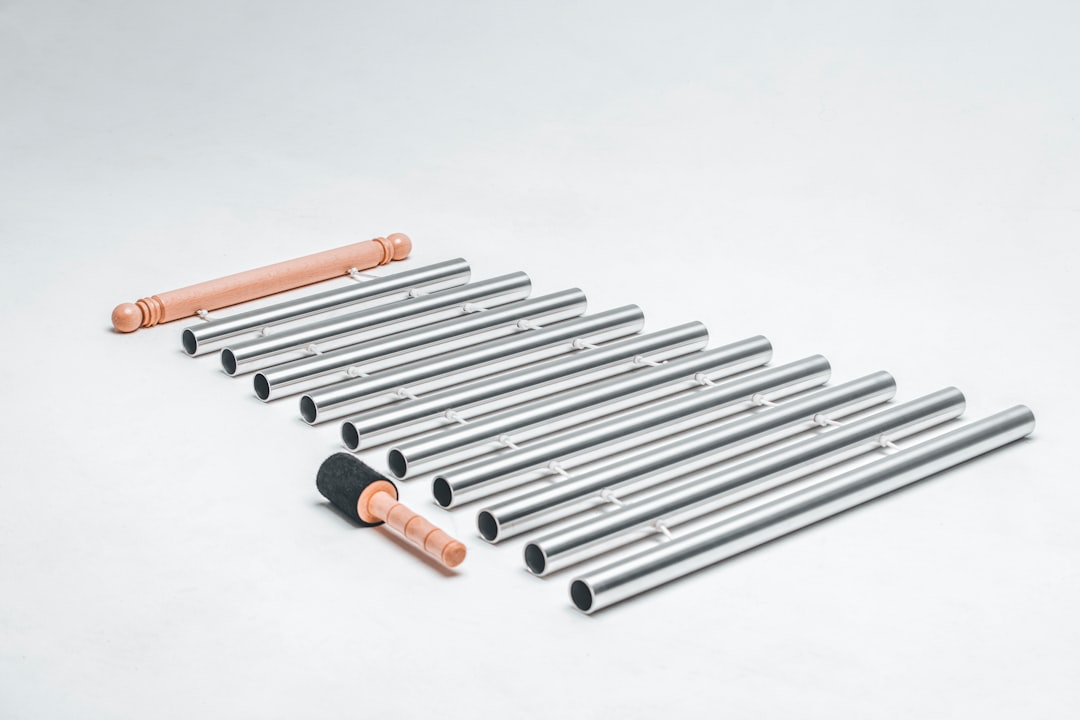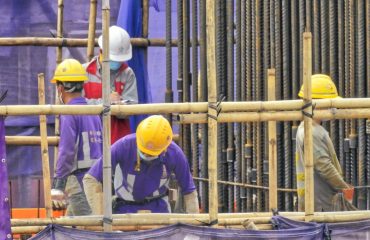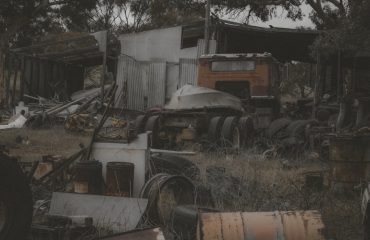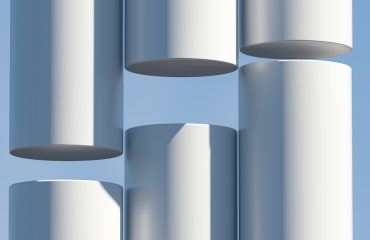body {
font-family: sans-serif;
line-height: 1.6;
}
h1, h2, h3 {
color: #333;
}
img {
max-width: 100%;
height: auto;
}
Hot rolled flat bars are a ubiquitous material in countless industries, forming the backbone of numerous structures and components. Understanding their properties and applications is crucial for engineers, fabricators, and anyone involved in material selection. This comprehensive guide will unravel the intricacies of hot rolled flat bars, providing a detailed overview of their manufacturing, characteristics, and uses.
The Manufacturing Process: From Ingot to Flat Bar
The journey of a hot rolled flat bar begins with a molten steel ingot. This ingot undergoes a series of rigorous processes to transform it into the desired flat bar shape. The process typically involves:
- Breaking Down: The ingot is initially broken down into smaller, more manageable pieces through processes like continuous casting.
- Hot Rolling: This is the core process where the heated steel is repeatedly passed through a series of rollers, progressively reducing its thickness and shaping it into a flat bar. The high temperature allows for easier deformation and improves the material’s workability.
- Cooling and Straightening: After rolling, the flat bar is allowed to cool and then passed through straightening machines to ensure dimensional accuracy and eliminate any warping or curvature.
- Cutting and Finishing: Finally, the flat bar is cut to the required length and may undergo further finishing processes such as surface treatment (e.g., pickling to remove mill scale) or edge conditioning.
The entire process is highly automated and controlled, ensuring consistent quality and dimensional accuracy in the final product.
Mechanical Properties and Characteristics
Hot rolled flat bars possess distinct mechanical properties that make them suitable for a wide range of applications. Key characteristics include:
- High Strength: The hot rolling process imparts significant strength to the material, making it ideal for load-bearing applications.
- Good Ductility: Hot rolled steel exhibits good ductility, meaning it can be bent and formed without fracturing. This property is crucial for fabrication processes.
- Weldability: Hot rolled flat bars are generally readily weldable, facilitating the joining of components in various applications.
- Surface Finish: The surface finish of hot rolled bars is typically rougher than cold-rolled bars due to the high-temperature rolling process. This is acceptable for many applications but might require further finishing for cosmetic reasons.
- Tolerance: The dimensional tolerances of hot-rolled bars are generally less precise than those of cold-rolled bars.
Applications Across Diverse Industries
The versatility of hot rolled flat bars has led to their widespread adoption across diverse industries. Some key applications include:
- Construction: Used extensively in structural steelwork, reinforcing bars, and various other components in buildings and infrastructure.
- Automotive: Utilized in chassis components, axles, and other structural parts of vehicles.
- Machinery Manufacturing: Forms the basis of many machine parts, including shafts, beams, and supporting structures.
- Railways: Employed in the construction of railway tracks and rolling stock components.
- Agriculture: Used in the manufacturing of agricultural machinery and equipment.
The specific grade and size of the flat bar will be selected based on the demands of the application.
Advantages and Disadvantages of Hot Rolled Flat Bars
Like any material, hot rolled flat bars have both advantages and disadvantages:
Advantages:
- Cost-Effective: Hot rolling is a relatively inexpensive manufacturing process compared to cold rolling.
- High Strength-to-Weight Ratio: Offers a good balance of strength and weight, making it efficient for structural applications.
- Wide Range of Sizes and Grades: Available in a vast array of sizes and grades to suit diverse needs.
- Good Weldability: Facilitates easy joining of components.
Disadvantages:
- Rougher Surface Finish: May require further finishing for cosmetic purposes.
- Less Precise Dimensional Tolerances: Compared to cold-rolled bars.
- Lower Surface Hardness: Compared to cold-rolled bars, resulting in potentially reduced wear resistance in some applications.
Choosing the Right Hot Rolled Flat Bar: Grade and Specifications
Selecting the appropriate hot rolled flat bar requires careful consideration of several factors, including the required mechanical properties, dimensional tolerances, and surface finish. Different grades of steel are available, each with specific properties tailored to certain applications. These grades are often designated by standards such as ASTM (American Society for Testing and Materials) or other international standards. Understanding these specifications is critical for ensuring the chosen material meets the demands of the intended application. Consulting with a materials specialist can be invaluable in making the right selection.
This comprehensive guide provides a foundation for understanding hot rolled flat bars. Remember to always consult relevant standards and specifications for detailed information related to specific applications and material grades.
Tags: Hot rolled flat bar, steel flat bar, hot rolled steel, steel bar applications, metal fabrication




